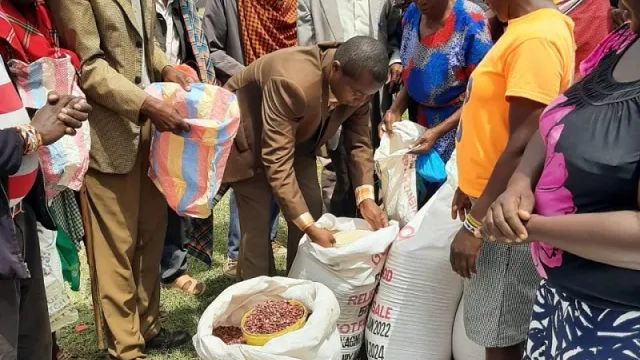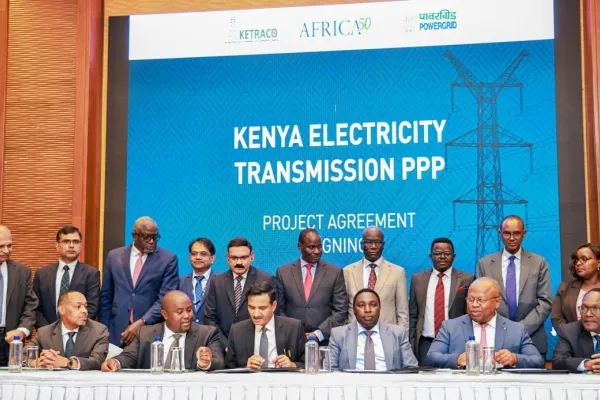Access and availability of fertilizers in Africa: Difference between plenty and starvation

Access and availability of fertilizers in Africa: Difference between plenty and starvation
The world’s population is expected to increase to nine billion by 2050, which means the demand for food is expected to increase by 70 percent.
In Africa, growth models project the continent’s current population of about 1.3 billion people will nearly double to 2.5 billion by 2050—and it’s likely to keep growing beyond that.
These trends mean that market demand for food will continue to grow more so for a continent like Africa, which is vulnerable to climate change, further intensifying food insecurity.
According to the Food and Agriculture Organization (FAO) 2020 report, more than 690 million people—8.9 percent of the world’s population—were facing starvation. This represents an increase of 60 million people in five years.
It is projected that by 2030, the number of starving people will reach 840 million globally. This means that Sustainable Development Goal two, achieving Zero Hunger by 2030, is likely to be missed.
According to the United Nations, over 281 million Africans are not food secure. One of the biggest threats is climate change, which has worsened droughts and seen millions of Africans suffer from malnutrition and starvation. The effects of climate change have reduced the yields of food crops such as maize, a staple in most African countries.
The recent global shocks, including escalating feedstock prices and geopolitical tensions, have further exposed the soft underbelly that is Africa’s dependence on international markets for its fertilization needs.
For a continent with an estimated 33 million smallholder farmer population, we are still faced with limited capacity for production of fertilizers.
The high capex associated with establishing such facilities will mean Africa remains a net importer of fertilizers from global sources in the short term.
Perhaps the establishment of regional hubs vis-à-vis phosphate supply from North Africa, Urea supply from Nigeria and Potash supply from central Africa coupled with the recently ratified free trade area agreement, could be a solution worth exploring. The push for a common market under the African Continental Free Trade Area will no doubt enhance the free movement of fertilizers and reduce the per capita cost to our farmers.
Such an approach will result in higher yields and lower food prices.
Read also: Role of data in implementing the Abuja declaration on fertilizer for the African green revolution
The war in Ukraine has been a major global concern, with African Development Bank warning that food production in Africa is set to decline by 20 percent because of fertilizer shortages. The net effect of “expensive” fertilizer is the high cost of food.
Inspite of these challenges, there have been several initiatives to improve the availability and access to fertilizers at national and regional levels.
For instance, the Kenya government has effected an emergency subsidy fertilizer programme that has lowered the cost of planting fertilizer from Kes5,500/50kg bag ($45.1) to Kes3,500/50kg bag ($28), development partner-led initiatives such as Sustain Africa is working with national stakeholders to avail fertilizers at a cheaper-than-market rate level, OCP Africa’s Fertilizer Relief program that has secured over 0.5m tonnes of fertilizer at discounted prices. All these interventions are expected to boost food productivity and stem a looming food security crisis in the coming months.
As AfricaFertilizer.Org, our mandate remains to illuminate fertilizer market systems to spur data-driven decisions for African food systems in the days to come.
Evidence-backed decision-making at the policy and business level will ensure the availability, timely distribution and proper use of this critical input; after all, ad-hoc decision-making around fertilizer could be the difference between plenty and starvation within our borders.



